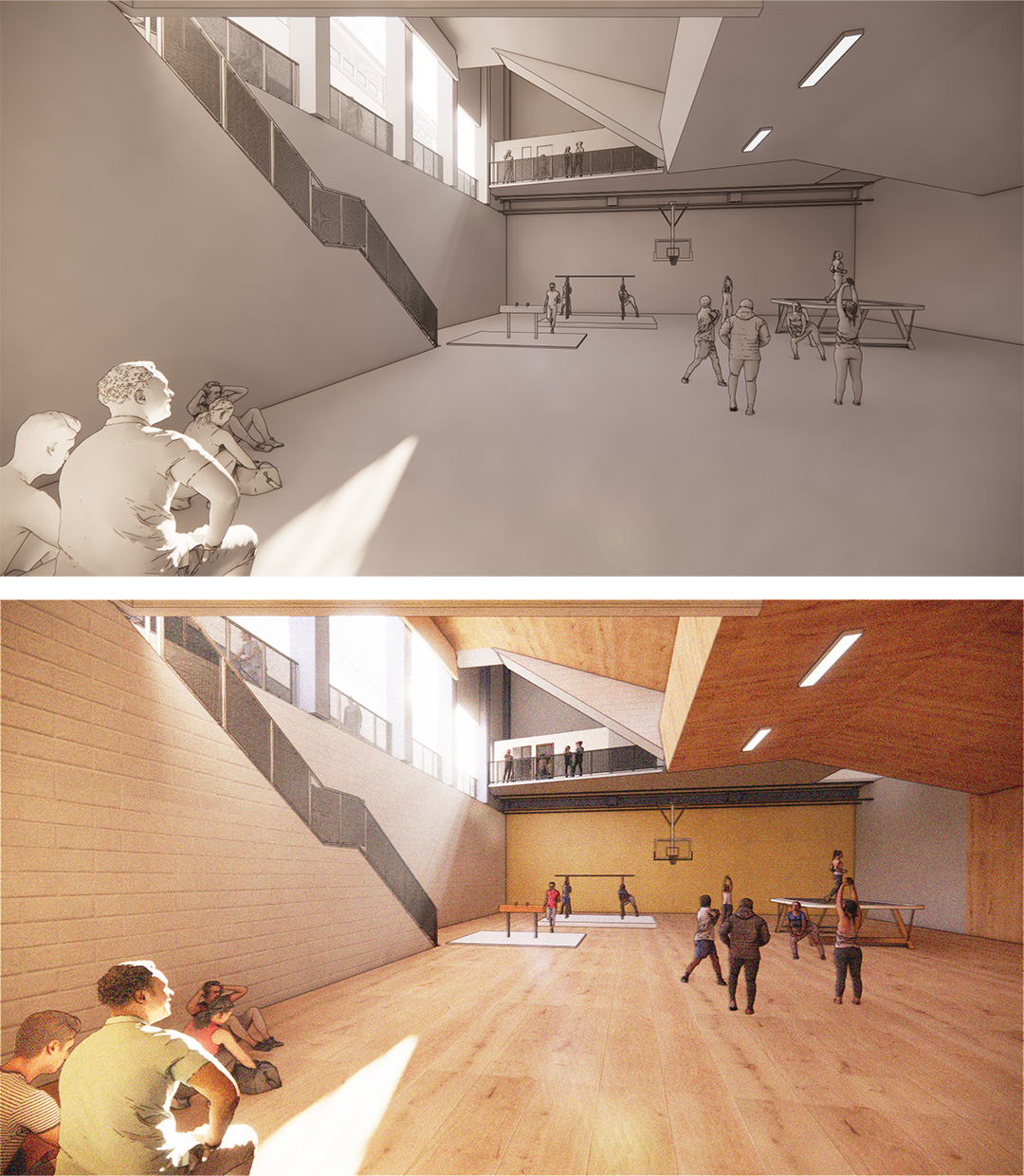Melbourne Graduate Fiona Tieu sees magic in materials. She explains how they’ve shaped her approach to design – and what inspires her to learn more.
Who else has been guilty of applying materials to their design concept just weeks before their studio submission?
As a student, I always loved the simplicity of black and white – monochromatic prints, white card models and of course black attires. The lack of colour gave my building designs a sculptural aesthetic which was pleasing on paper. But the built environment is rarely monochromatic.
My love for materials was only truly awakened by chance one night when I was having dinner at a restaurant with beautiful, heavy, dark wood furniture. Mostly, I remember the sound the chairs made when they were dragged across the hardwood floors and the noises that filled the space – how the sounds of voices and movement reverberated around the materials in the environment.
After that night, the ambience in cafes and restaurants became a lot more important to me than food; I was so interested in the topic that my thesis studied the acoustics of materials.
The acclaimed Finnish architect Juhani Pallasmaa is fascinated by this subject. His work reflects a long interest in how materials impact the sound of a space. He argues that while we might simply close our eyes to what we do not wish to see, removing ourselves from an unpleasant sound is more difficult (The Eyes of the Skin: Architecture and the Senses 2012).

It is challenging to apply materials innovatively, and I think it can be tempting to lean on staple materials such as glass and concrete. But now I understand that materials only become a chore within the design process when they are an afterthought. When we allow them to help inform and inspire our design from the early stages, we can draw emphasis to the many diverse and inherently beautiful materials designers have in their toolkit.
Looking back to my early years at university, I think my restraint with materials had to do with a visualisation problem. Students don’t have access to the same material patterns and textures of professionals in a working architectural studio.
Some of my favourite websites that I’ve discovered are architonic.com/en and bimobject.com/en-us. Both have a great selection of BIM materials and furniture you can explore. I hope they can help spark your love of materials.
